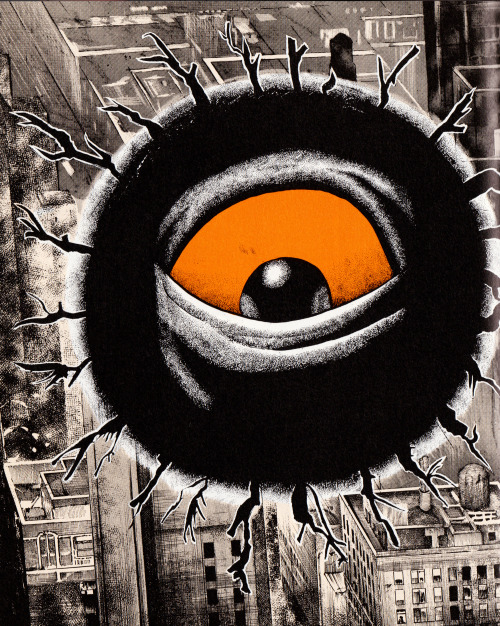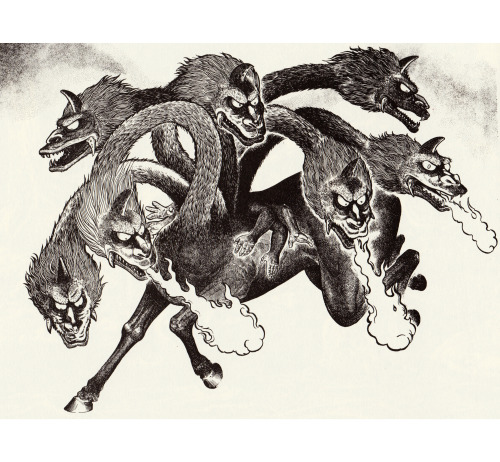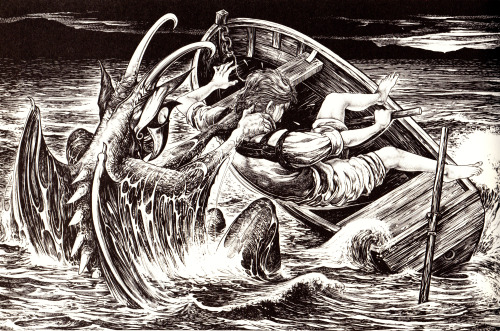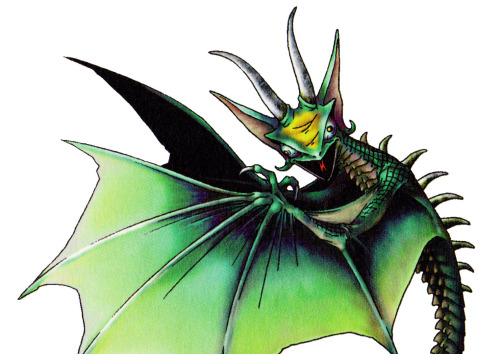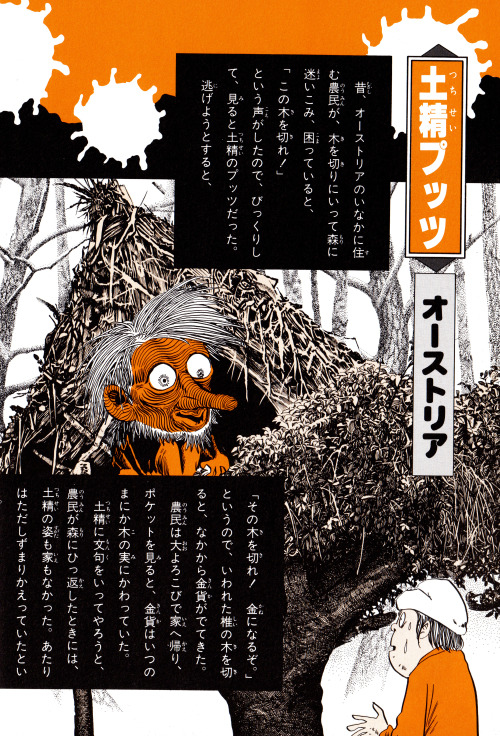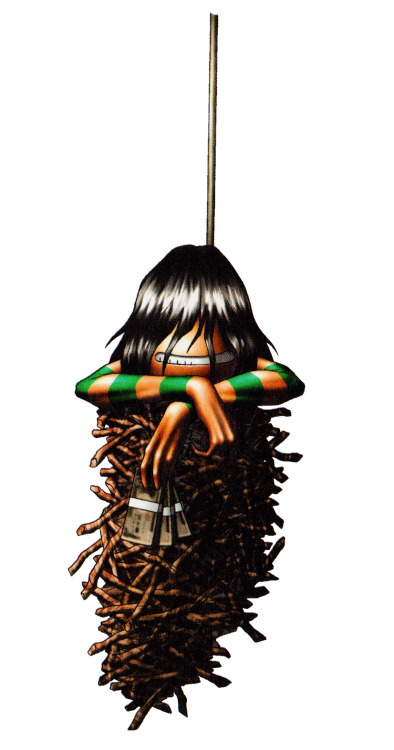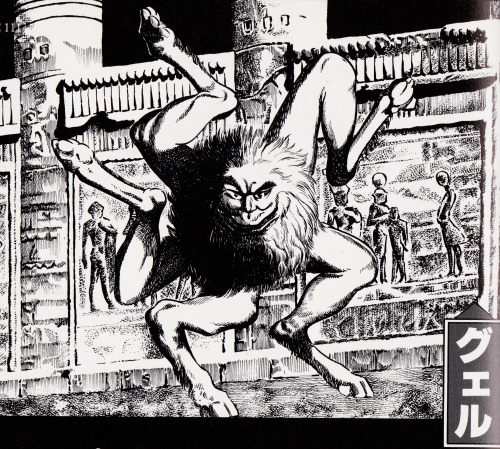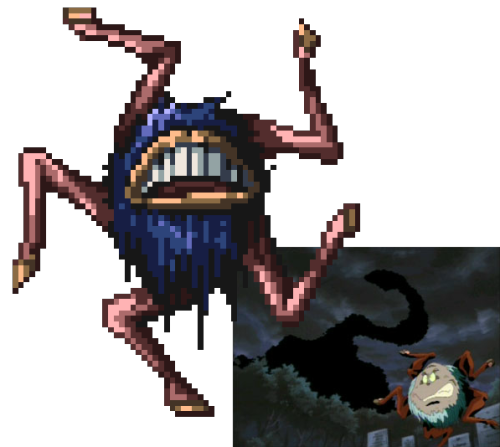KANEKO’S CRIB NOTES XXXIX: SHIGERU MIZUKIThere are few manga artists in Japan as influential a
KANEKO’S CRIB NOTES XXXIX: SHIGERU MIZUKIThere are few manga artists in Japan as influential as Shigeru Mizuki (1922-2015), the world’s foremost authority on those mischievous spirits, the yokai. His most famous work is the yokai-themed manga GeGeGe no Kitaro, but his oeuvre is much more extensive, ranging from other original manga titles to numerous yokai or monster book collections, with illustration totals probably reaching the thousands. His works have affected generations of Japanese, Kaneko being no exception. He has also inadvertently caused headaches for certain overseas SMT fans who were under the impression that demons always stem from factual, traditional sources. In that way, Mizuki has been an utmost pedagogue to seekers of the weird and preternatural around the world. BACKBEARD: Per Mizuki’s works, and only in Mizuki’s works, the menacing Backbeard (gross) is the de facto leader of American yokai. He’s been a popular monster in video games over the years, probably due to his simple features: A giant eyeball with tendrils! SMT1′s version simply swaps the tendrils for tentacles. FORBI: For all you need to know about this obscure dillweed, who is incorrectly designated Porewit, check out Dijeh’s exhaustive post on the subject. Forbi seems to have been the creation of another Japanese monster artist, Toshiya Nakaoka, and was subsequently cribbed by Mizuki (almost exactly) and Kaneko (not so exactly). CULEBRE: Mizuki’s Culebre is mostly submerged in the water into which he’s trying to drown some sad sack, but don’t tell me Kaneko didn’t look at this artwork for reference when sketching out his own version! Mizuki’s has a beak instead of a chameleon face, but both have distinct curved horns, a row of posterior spikes, and identical ears with peculiar curled earlobes. PUTZ: In actual folklore, a Putz is a Germanic variant of a Bogeyman, and sometimes described as a house spirit. Kaneko’s Putz, however, is holding stacks of cash and lives in a cocoon of sticks. This is because, of course, Kaneko’s is based on Mizuki’s Putz, who seems to be another fanciful creation. Compare the similarities between the two versions as you read Soul Hackers’ take: “A fairy said to live in the forests of Australia [sic], telling timber cutters which tree to cut. He is white-haired and small, and often spotted on the top of fir trees. If you cut down the tree he is on, gold will come flowing out of it. If you do not listen to him, however, it is said you will lose your life.” Aside from the fact that this in-game profile mistranslated his home Austria as “Australia” (check out the Mizuki artwork page to confirm), these two Putzes are definitely one and the same. No insult intended. GUER (possibly GWER): I know what you’re thinking: “That’s Buer, not Guer.” And you’re not wrong! Except that, in one of Mizuki’s World Yokai books, this demon’s name is definitely spelled “グェル,” just like Majin Tensei II’s (non-Kaneko) Guer, whom I think everyone (myself included) just assumed was the victim of a simple typo. And maybe the error was on Mizuki, since actual Buer appears as a yokai in one of the Kitaro animated series (image included above), whose cartoony maw and mop-like hair were probably not-so-coincidentally stolen for Majin Tensei II’s Guer. Goof or not, Guer is real! The Mizuki art in this post is from his books Big World Yokai Encyclopedia and World Yokai Encyclopedia. -- source link
Tumblr Blog : kanekocribs.tumblr.com
#kazuma kaneko#shigeru mizuki#megaten#backbeard#culebre#グェル#水木 しげる#ゲゲゲの鬼太郎
